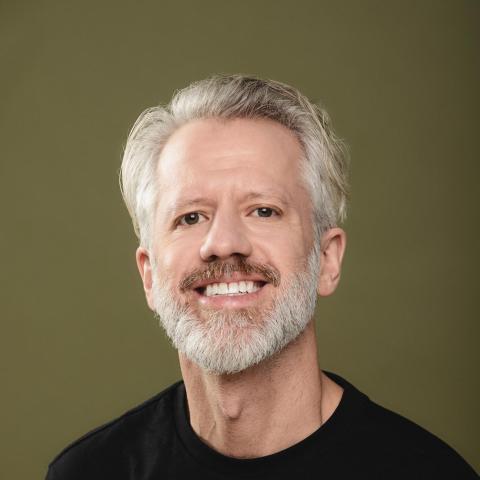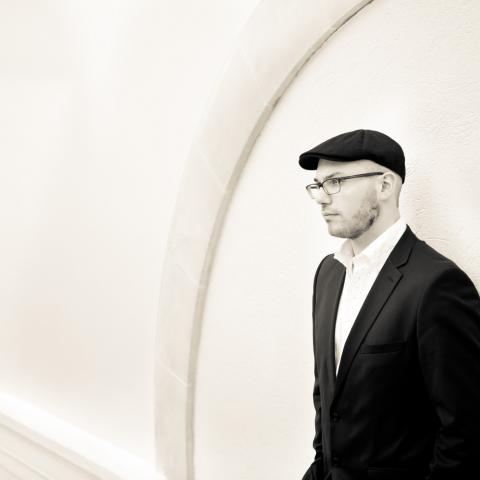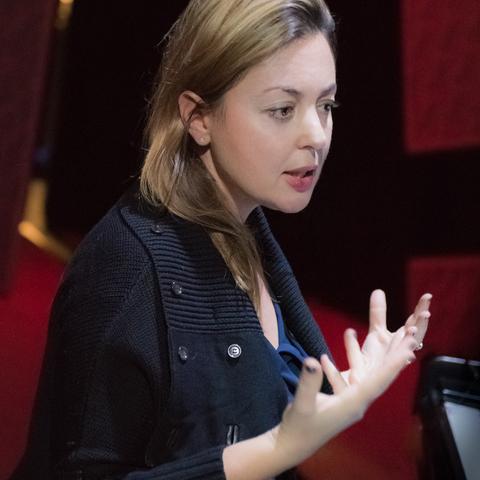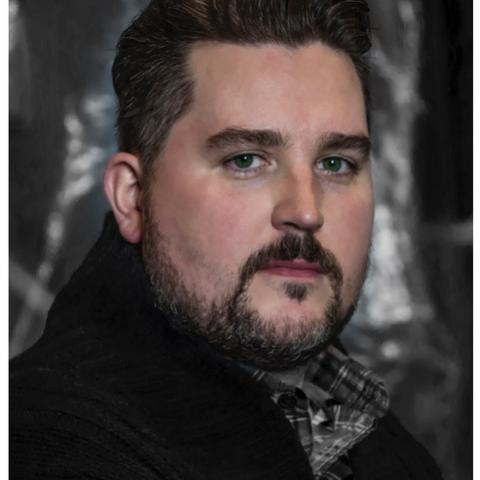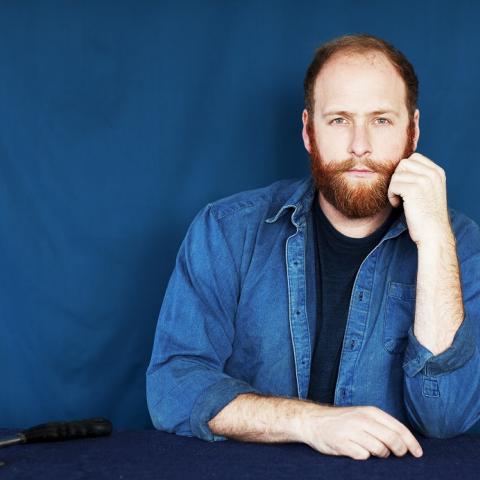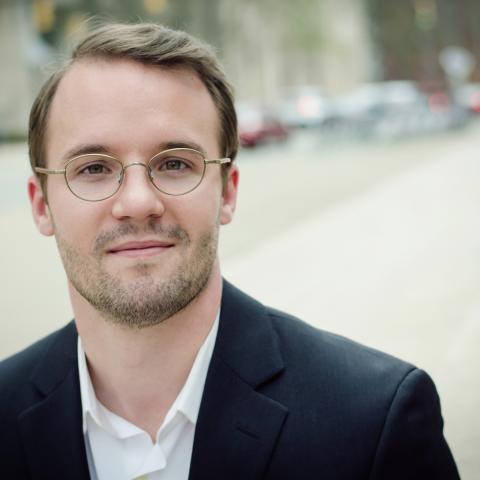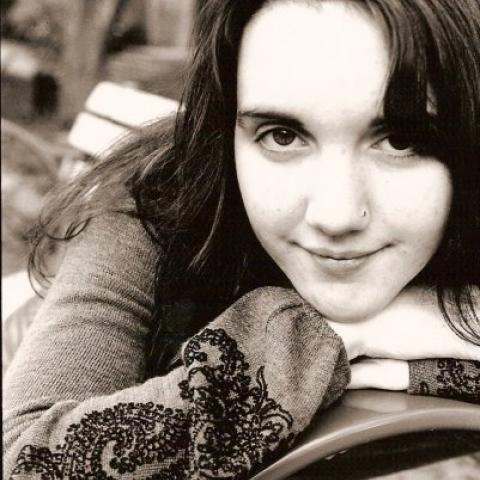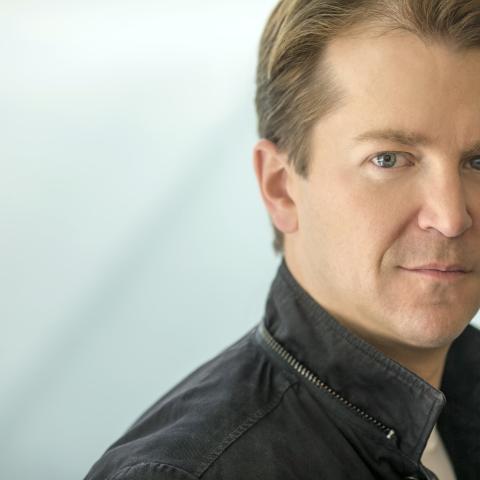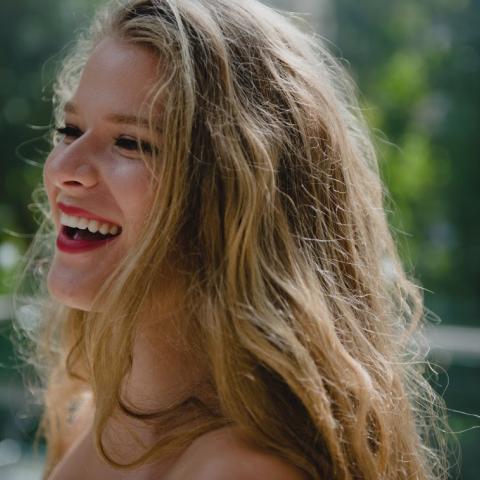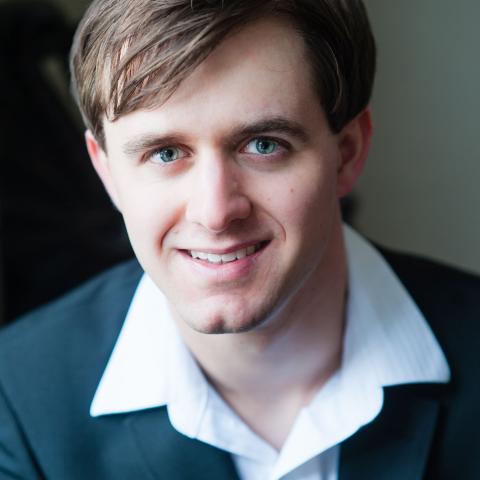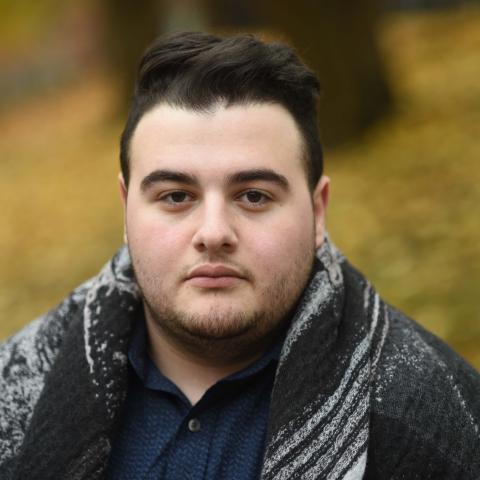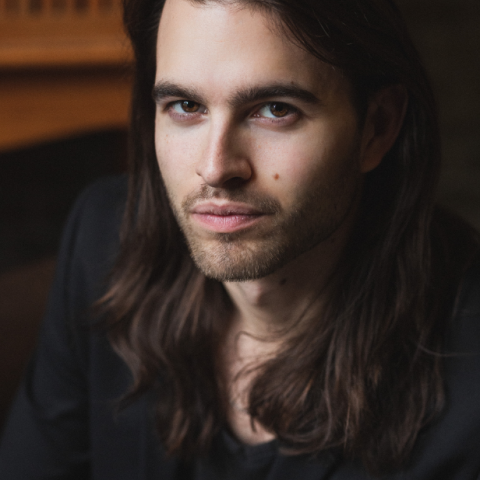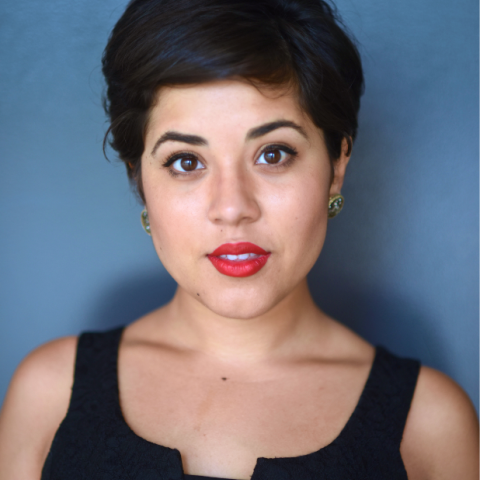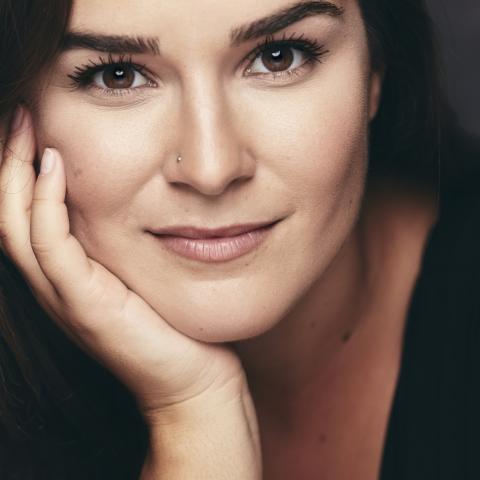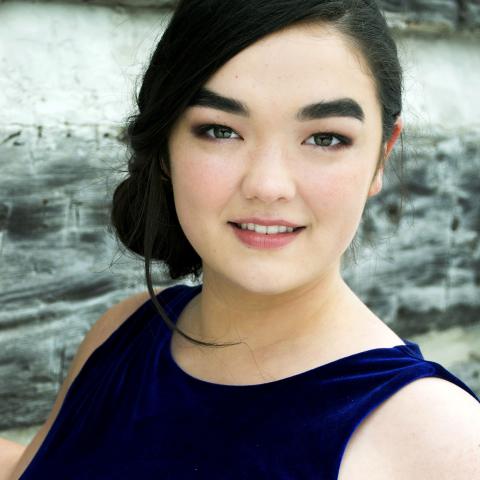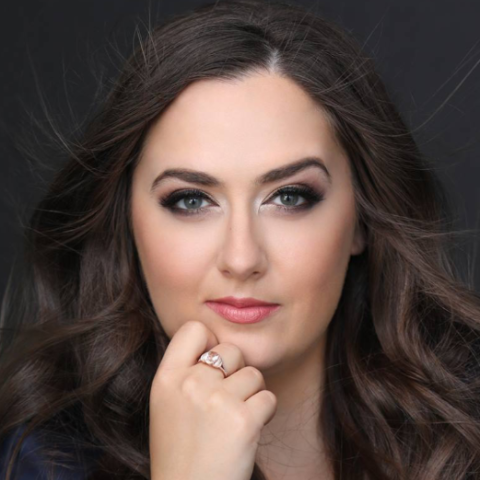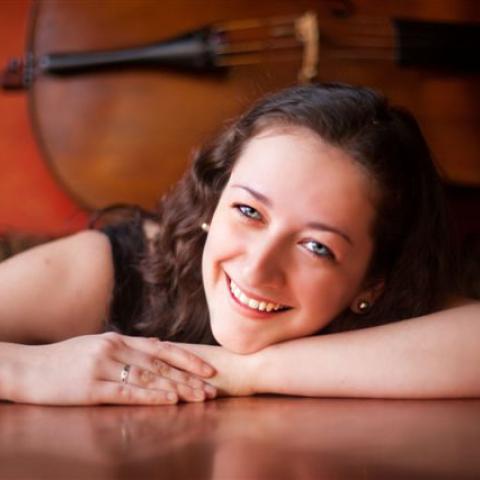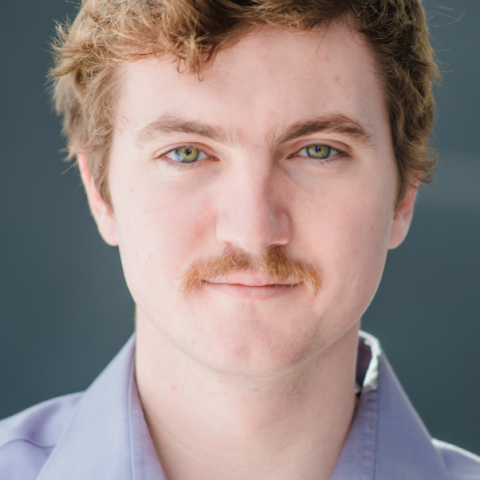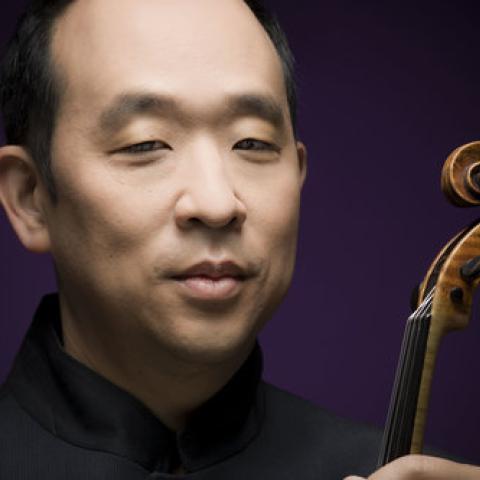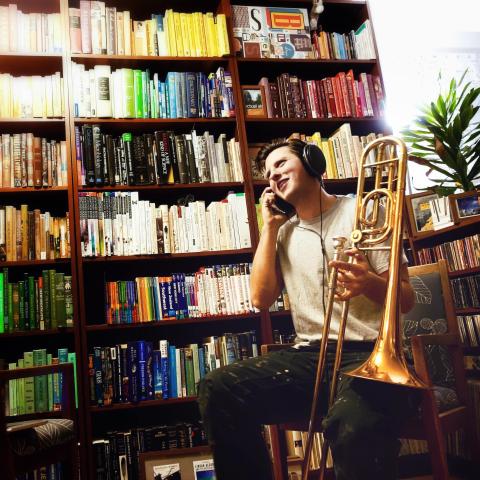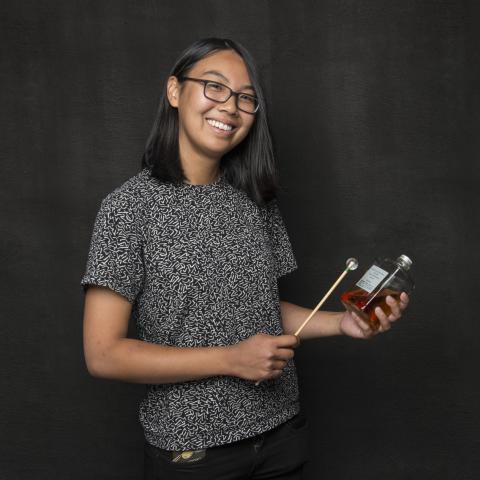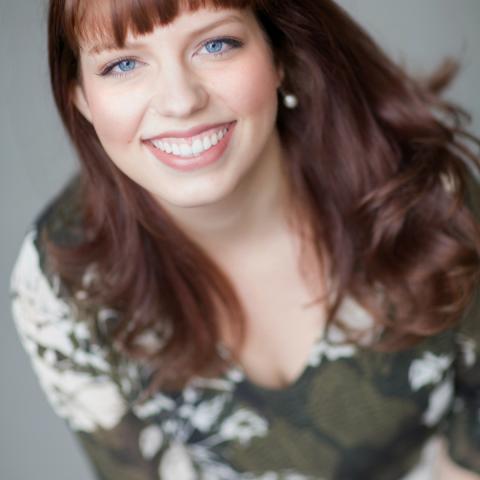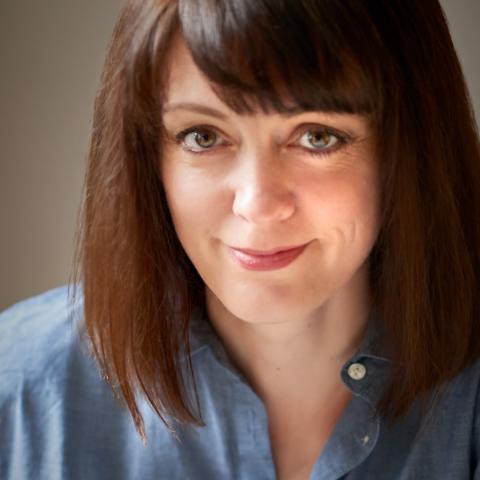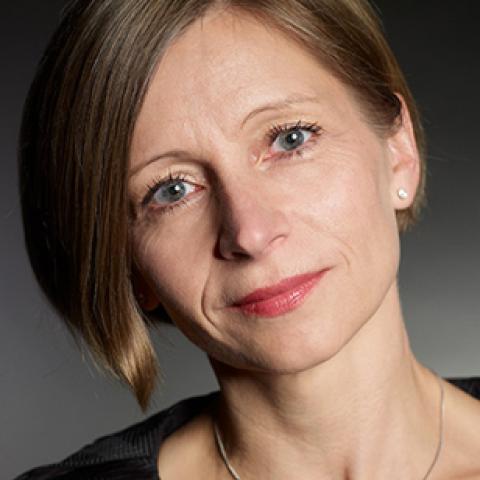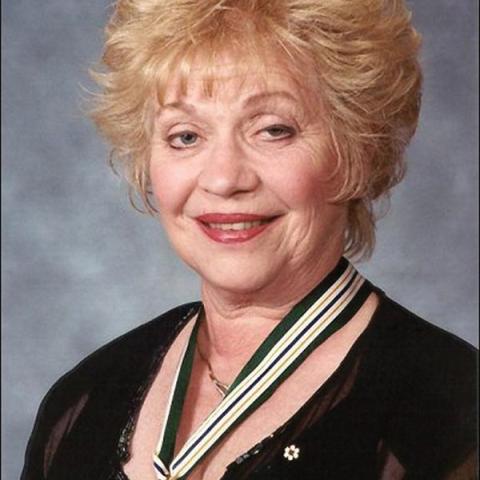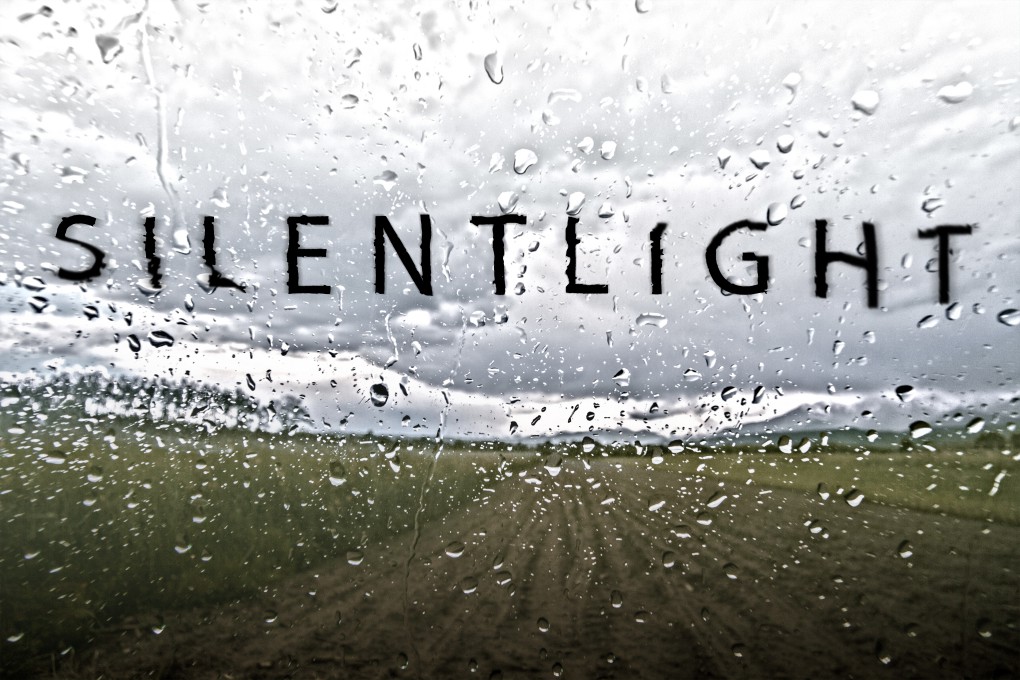
Artistic Credits
Creative Team
Cast
Instrumentalists
Coaches
Stage Management
Program Management
Production
Lighting
Piano
Projection
Properties
Scenic Art
Scenic Carpentry
Sound
Stage Carpentry
Wardrobe
Wardrobe - Boots & Shoes
Wigs & Make-up
Message from Artistic Director
Welcome! It is my absolute pleasure to welcome you all back to another season of Opera at Banff Centre for Arts and Creativity. This is my sixth summer as Artistic Director of “Opera in the 21st Century” and one of our best ones yet.
Our opera program continues to grow and expand year to year. This summer, we welcomed 29 participants from all over the world to come and experience opera at Banff Centre. We offered positions to 14 singers, 10 instrumentalists, 2 pianists, 2 stage directors and a conductor. This is our third season welcoming instrumentalists, which I believe is unique to any opera program that exists. The reason is to foster a new, more theatrical orchestral musician, who is integrated with the action of the music and performance practice.
We supported these participants by providing a world class faculty to work with them on all the skills needed to not only survive but thrive in the world of arts in 2019.
I believe strongly in the need to connect with our communities. We had over-capacity audiences at both our #OperaPub series at the Royal Canadian Legion #26 Colonel Moore Branch in Banff and held community concerts in both Banff and artsPlace in Canmore.
Our programming/training this summer focused on creation and working with living composers.
We’re presenting a work-in-progress in our Leighton Studios called No One’s Safe. This opera is loosely based on some of Mozart’s melodies, but we have commissioned Canadian composer Nicole Lizée to bring her unique voice to the music of this show. The staging calls for the audience to travel around the different studios and has proven to be a fun challenge for our production and artistic teams.
You’ll also see a new opera commissioned by Banff Centre called Silent Light. Music by Paola Prestini and text by Royce Vavrek. This work features our Artist-in-Residence Daniel Okulitch and is directed/designed by Thaddeus Strassberger. Creation is the way forward and a skill that is becoming more important than ever before.
Opera at Banff Centre will continue to thrust forward, while acknowledging and building on the foundations of the past.
Finally, I would like to thank the team here at Banff Centre for providing the support needed for us to achieve the success we are all striving for. They allow us to dream bigger and accomplish more. I hope to see you at the opera this summer.
Sincerely,
Joel Ivany
Artistic Director, Opera
About the Program
Silent Light, a new Opera workshop production influenced by the film Stellet Licht by Carlos Reygadas. Set within a Mennonite community, the opera follows a pious husband and father, Johan, who’s strongly held spiritual obligation to his marriage, family, and community is put to the test when he falls in love with another woman from his faith.
Content Warning: Mature Themes & Sexual Content| Please turn off cellphones, photo/video cameras
Additional Messages
Note from the Composer
"We decided on “Silent Light” because of the vast emotional canvas the film’s characters offer. There is no score, location sounds seem hard-edged, and when a hymn is sung, it is not a tune but a dirge. It was the perfect skeleton for an opera. Set among the 100,000 or so Mennonites living in Mexico, the leads double as a choir and embody them- people who deeply hold their values and try to act upon them, and yet who do not seem to be zealots. They will be accompanied by a string orchestra and Foley Artists.
“Silent Light” has a beauty based on nature and the rhythms of the land. It opens with a sunrise and closes with a sunset, and is a solemn and profound film about a man transfixed by love, which causes him to betray his good and faithful wife. How he fell into this love, we do not know. Certainly, Johan isn’t the kind to go straying. Nor is Marianne, the woman he loves, a husband stealer. That they are both good to the core is the source of their pain. Yes, Johan and Marianne have sex, but it is the strength of the film that not for a second do we believe they are motivated by sex – only by love. Esther, Johan’s wife and the mother of their six children, knows Marianne and knows about the affair. Johan has told her. He is a religious man and has also confessed to his father and his best friend. There is the sense that he will never leave Esther and never stop loving Marianne. He and Esther say they love each other, and they mean it. You see how love brings its punishment. At the end, Marianne tenderly kisses Esther and resurrects her. Ritual, every day life and finally, a moment of the surreal, tie the story together. This is a story of people trying to do their best."
- Paola Prestini
Director & Designer’s Statement
"We began this process with an outline. What the audience hears, sees, and smells at these workshop presentations is a glimpse into the development stages as we write, rehearse, rewrite, experiment and develop not only this story, but the very idea of a Foley opera itself.
The sound of the light is not silent at all. The moon beam shines on the blade of grass awakening a dormant beetle who crawls out only at twilight and suddenly whirrs into a mating frenzy. The first ray of sunlight evaporates the overnight dewdrops on the soggy leaves which slowly creak towards the heavens seeking another day of life and transformation. Passions buried deep in anxious souls scream out suddenly as the light of truth pierces the veil of secrets so meticulously, so vainly, constructed.
The darkest hour of the night. Stars twinkle, punctuating a void which draws your attention upwards, contemplating the vastness of the cosmos. The first rays of sunlight begin to streak across the landscape as the society awakens and begin to go about their daily lives.
A breakfast table. Tiny in the scale of the open vistas surrounding, Johan hears the clock which seems to tick imperceptibly faster with every swing of the pendulum. Other lives are soon revealed: Johan and Esther’s children waking up in their comfortable beds and preparing for their first meal of the day. The family gathers. The sound of the clock is increasingly unbearable. Johan interrupts time.
Men repair the tractor’s crankshaft. Sparks fly, the smell of molten metal infuses the air. The world rusts and deteriorate, but we have tools for repairing things, and they function once again.
Marianne is baking, the flour swirling in the air, creating a saint-like atmosphere above her as the morning light captures the floating specks. Soon, the aroma of her morning’s labours fills the air.
A spring gushes forth from the craggy rocks; the refreshing stream works its way down to the swimming hole. The children gleefully play in the cleansing waters, splashing and laughing, their purity completely unsoiled by the cares of the adult world.
Johan and Marianne meet in a spartan motel room. The carnal smell of sex surely permeates not only the noses, but also the hearts of those around, sensitive to the complexities of love and intimacy.
The sky darkens dramatically as Johan and Esther drive. She isn’t feeling well and gets out of the car and walks further and further away as the heavens open up. No longer able to cope with her pain, she collapses. Women of their tightly-knit community ritually cleanse her body and prepare her for burial; everyone pays their respects to Esther and her family.
As Marianne approaches her, the intimacy of the two women is palpable. The others cannot see what transpires between these two inextricably intertwined souls. Esther lives once again.
Johan’s father restarts the clock. The sunlight inexorably fades away behind the horizon as the everyday elements of furniture, cars, coffins, faces, slip once again into darkness. The first stars once again appear. The audience is utterly alone. Nothing is visible."
- Thaddeus Strassberger
Opera performances at Banff Centre are generously supported
by the David Spencer endowment encouragement fund.
